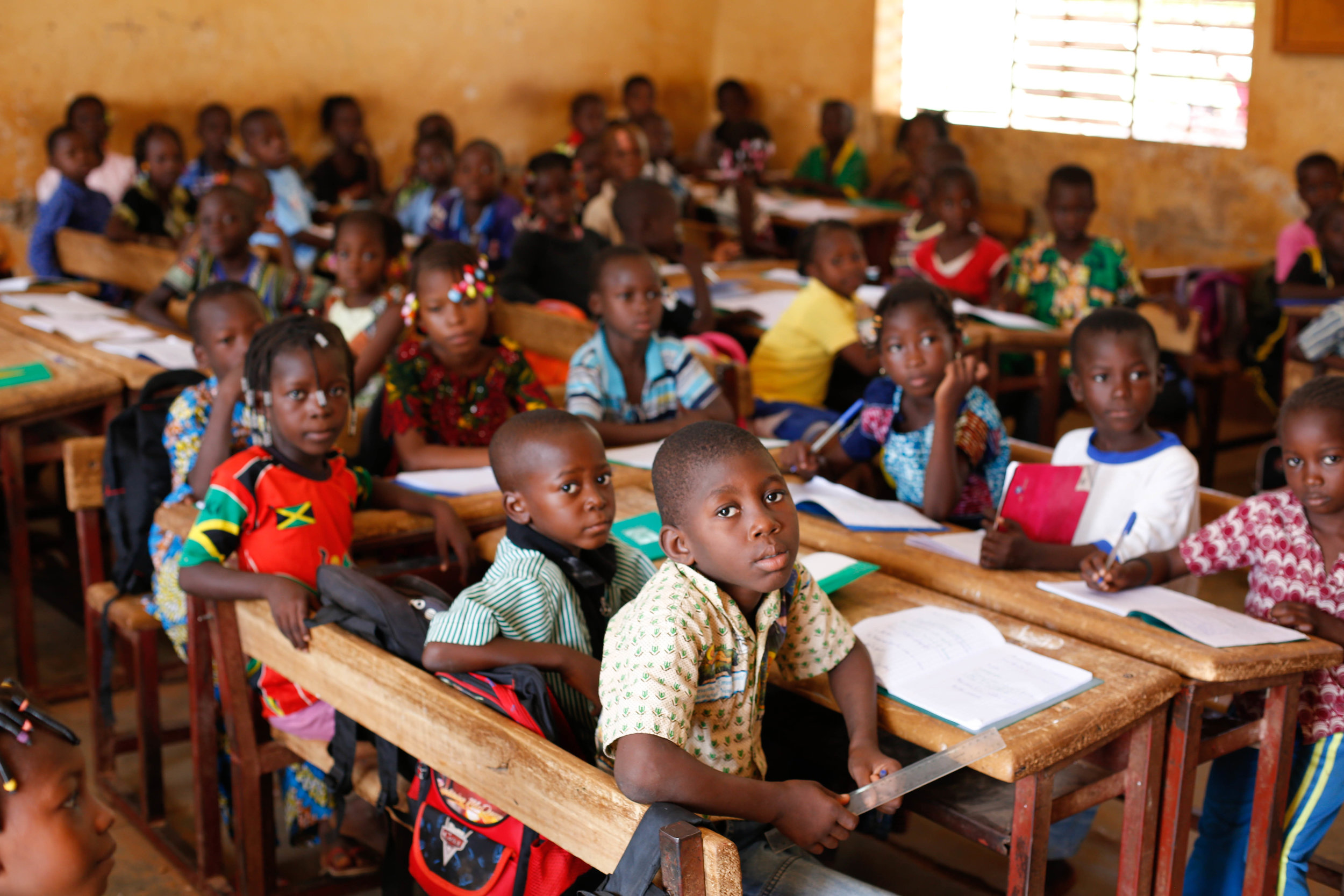Why Investing in Education is the Best Tool We Have for Ending Poverty
When you think of global development aid, what comes to mind? Usually it’s images of disaster relief, food programs and building hospitals, homes or fresh water wells. Providing impoverished communities with their immediate basic needs like food, water and shelter is generally considered most important. However, what we often overlook is how education can be utilized as a tool for economic and social development, breaking the cycle of generational poverty in the world’s most vulnerable populations. Investing in primary and secondary education is essential for achieving global development but it continues to lack the necessary support and funding from international donors and governments alike.
Global development aid can be categorized into two types: immediate aid and long-term aid. Immediate aid goes to treating the most pressing needs of a humanitarian crisis such as health care in refugee camps, combating AIDS and other illnesses and securing access to clean water. Long-term aid aims to end systemic poverty by investing in health care reform, political systems, environmental sustainability and education. Each is vital and lasting development cannot be achieved without investing in both. However, long-term aid through education in particular has the potential to dismantle the systemic poverty present in the developing world.
Former Prime Minister of Australia, Julia Gillard, compares immediate aid to “treating a gashing wound” whereas investing in education is like treating “something that could be compared to a longer-term, slow-growing cancer.” By investing in education, we are investing in family planning, health care, agriculture, economic and political development all in one. It’s the difference between treating the cancer and preventing it from coming back rather than patch a bleeding wound.
The UN recognizes access to education as a fundamental human right and yet 262 million children in the world are still not in school. Over 44% of those children are girls in Sub-Saharan Africa. According to Gillard, “if all students in low-income countries developed basic reading skills in school, 171 million people could be lifted out of poverty – the equivalent of a 12% cut in global poverty.” For girls, the benefits of education are even more astounding.
Statistics now show that in Africa, girls who receive secondary education are three times less likely to become HIV positive, have fewer children and earn 25% more for each year spent in school. The Global Partnership for Education reports that income across all genders increases roughly 10% for every additional year of schooling. Girls who are educated are more likely become teachers, politicians, doctors and leaders, creating positive, systemic change in their communities and continuing the cycle of education for following generations. It doesn’t stop there--education has been shown to reduce income inequality by up to 39%, increase GDP and even has the potential to reduce climate change and natural disasters through investment in the green economy. We know that it works, so what is keeping us from putting a greater emphasis on universal access to quality education?
One answer is that education doesn’t attract the same kind of international attention as disaster relief and fighting the spread of life-threatening illnesses. It is a slow process spread across many sectors and it takes years to yield significant, quantifiable results. It takes many years to educate a child and even more to observe the long-lasting, life-changing benefits. It could take decades before we see the power of education in ending the transfer of generational poverty.
This is where the work of illuminAid comes in. As founder and CEO Matt York stated, “we help bring education to those who cannot educate themselves.” Through easy-to-use video technology, illuminAid is able to provide education for communities in a variety of sectors and disciplines that go beyond the walls of the classroom. We have held video training workshops for teachers in Cambodia, teaching them how to use video as a tool for improving literacy and reading skills for their students. We worked with Save the Children in Nepal, Ethiopia and Mozambique to improve access to basic education. We provide educators and the public alike with the ability to educate each other through the creation and dissemination of locally made videos. illuminAid envisions a world in which no person is left without access to education through the use of technology.


